Gorenje washing machine spin does not work
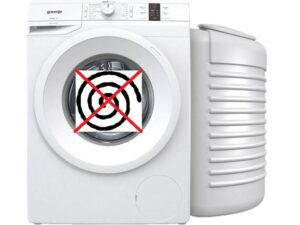 It happens that the spin function of a Gorenje washing machine suddenly stops working. The machine, as usual, starts a cycle, draws water, drains it into the sewer, but the wash ends with the “house help” hanging with wet clothes in the drum. What to do if the Gorenje washing machine does not spin? Failure of which internal components of the machine can lead to such a malfunction? We'll figure out.
It happens that the spin function of a Gorenje washing machine suddenly stops working. The machine, as usual, starts a cycle, draws water, drains it into the sewer, but the wash ends with the “house help” hanging with wet clothes in the drum. What to do if the Gorenje washing machine does not spin? Failure of which internal components of the machine can lead to such a malfunction? We'll figure out.
List of probable faults
When the spin does not work, first you need to check whether this function was activated at all when starting the machine. You can inadvertently disable the option, or select a program where it is not provided. Then the laundry in the drum will remain wet. This is one of the possible reasons. The Gorenje machine will not be able to wring things out if the following elements fail:
- drive belt. A worn out or stretched rubber band may fly off the pulley and the drum simply will not rotate;
- tachogenerator. If the Hall sensor breaks down, the intelligence will not be able to regulate the engine speed, which will disrupt the normal operation of the washing machine;
- electric motor. The reason may be worn commutator brushes or a broken winding;
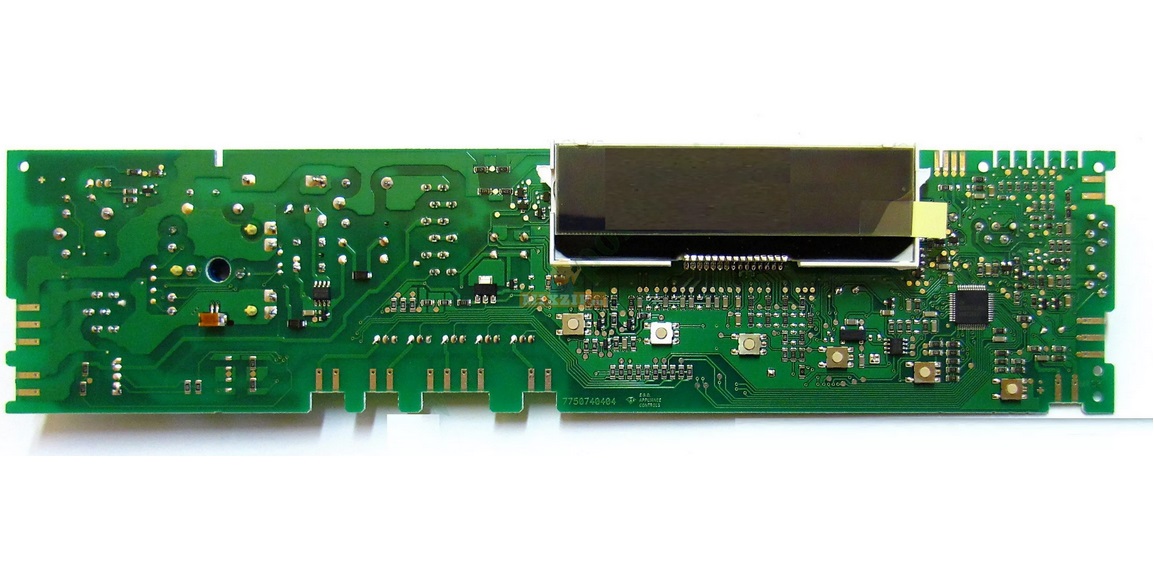
- control module. If the triac on the board that controls the operation of the motor or tachometer burns out, problems with spinning may occur.
If, in addition to the impossibility of spinning, the Gorenje automatic machine also does not discharge water into the sewer, the list of potential breakdowns will be even wider.
To identify the reason for the lack of spinning, you will have to diagnose the machine. You can check the machine yourself without calling a technician.In the process, you will need a couple of screwdrivers to disassemble the case and disconnect parts, as well as a multimeter to test the elements of the washer.
The hostess herself mixed up something
If the machine worked as expected, but the items in the drum are wet, make sure that you did not confuse the settings when starting the program. Some modes, for example, “Shoes”, “Silk”, “Outerwear”, simply do not provide a spin function. If you are absolutely sure that the desired program was selected, check whether the option was forcibly disabled. Some Gorenje washing machines have a spin deactivation button with a special spring mechanism. So, the machine will wring out things only when the key is pressed. If during the last wash, or accidentally, the button is pressed, the spin cycle will be blocked for all subsequent cycles, even after the machine is turned off.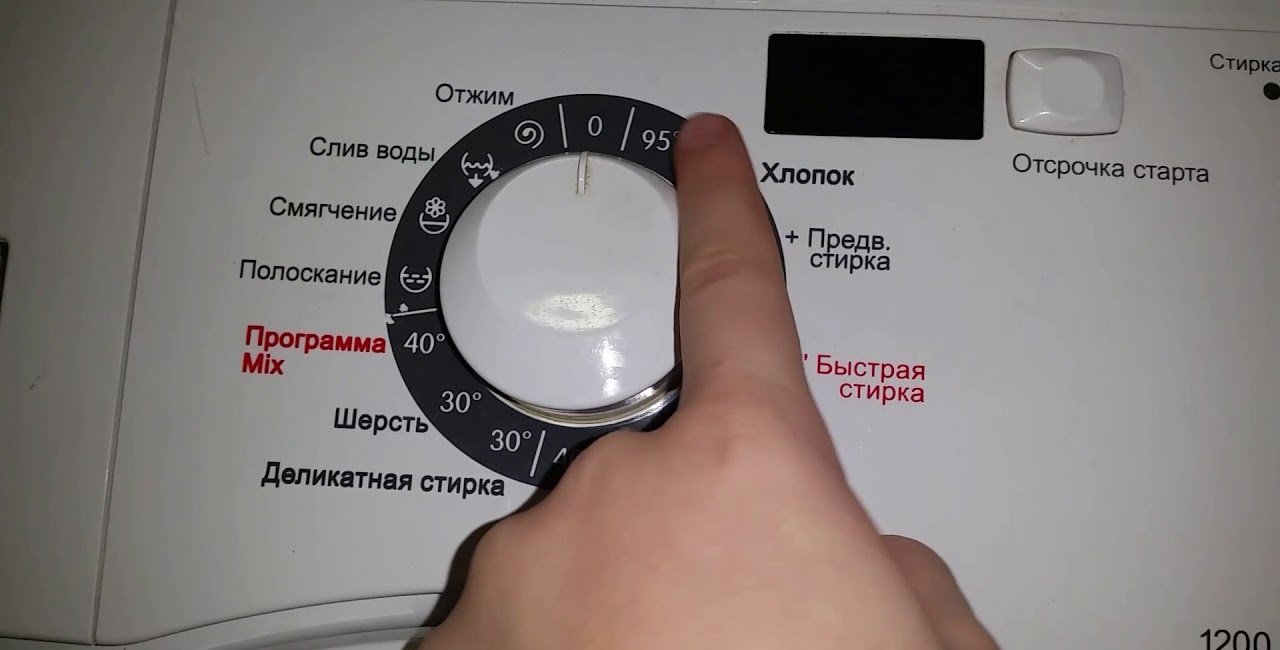
At first glance, this assumption seems banal, but the problem of many users is solved this way. You just need to return the button to the desired position and the spin cycle will resume.
Sometimes an automatic machine refuses to spin when the drum is overloaded, or when the laundry gets bunched up. That’s why it’s so important to pack exactly as many kilograms of items as allowed by the manufacturer. And to prevent imbalance, be sure to distribute the clothes evenly inside the washing machine.
Speed sensor or drive
It happens that the spin does not work precisely because of a broken element. In this case, repair or replacement of any module of the Gorenje automatic machine will be required. To understand what exactly has gone wrong, you will need to diagnose the unit. What to do first? The check should begin from simple to more complex, eliminating one possible cause after another.First you should pay attention to the drive belt.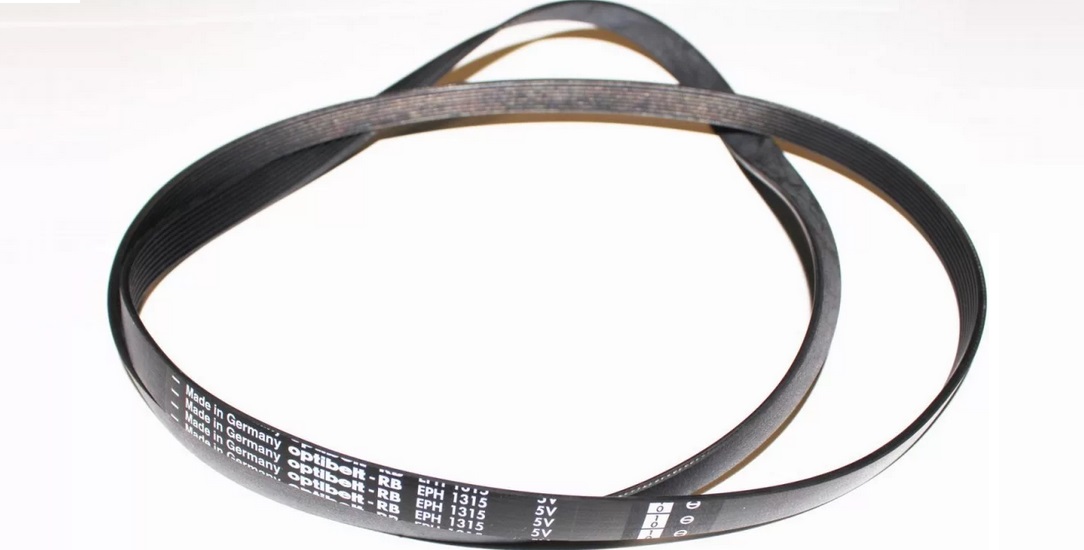
The connection between the drive belt and the spin function is direct. If the “elastic band” does not ensure constant transmission of impulses from the motor to the drum “wheel,” then the “centrifuge” does not spin up to the required speed, so the washer does not spin out things and “freezes.”
Before working with equipment, be sure to unplug the power cord from the outlet and turn off the water supply tap.
To check the drive belt, you need to:
- move the machine away from the wall to gain free access to the back of the case;
- Unscrew the screws and remove the back panel of the washing machine;
- check the strap tension. It should “sit” tightly on the pulleys. If the rubber band is loose or has defects, the element will have to be replaced.
It happens that after removing the back wall of the housing, the user does not see the belt on the drum pulley. This means that the elastic stretched so much that it fell off and lies under the machine. In this situation, it is better to also replace the strap. Tensioning a new drive belt is not difficult; first you need to put it on the large pulley, then on the small one. It would be correct to apply the rubber band with one hand, and with the other to turn the wheel, performing tension.
The cause of a non-functioning spin may also be a Hall sensor. This is a small metal ring with wiring installed directly on the engine. Thanks to the tachogenerator, the “brain” of the washing machine learns about the engine speed. If the Hall sensor fails, the machine may behave differently. Sometimes the machine stops washing altogether, in some cases only the spin cycle fails. To check the tachogenerator, you must: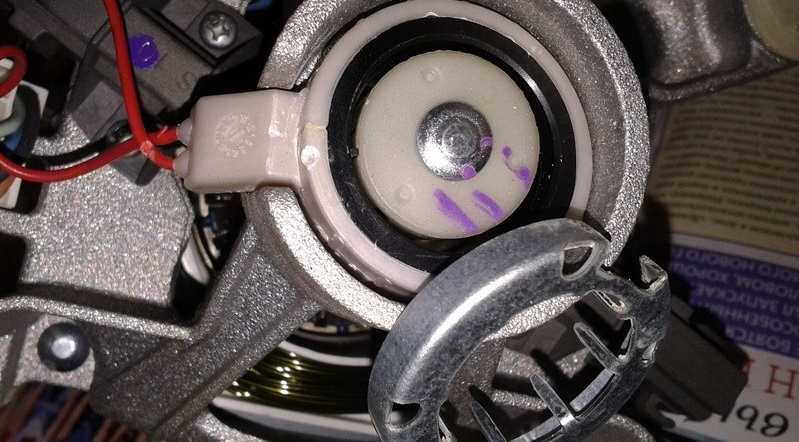
- remove the back wall of the case;
- remove the drive belt;
- Unscrew the bolts securing the engine;
- Disconnect the power supply wiring from the motor.It is better to take a picture of the connection diagram first so as not to make a mistake during reassembly;
- pull the engine out of the housing;
- measure the resistance of the Hall sensor contacts with a special device - a multimeter.
If the check shows that the tachogenerator is working, you will have to look further for the cause. Having identified a problem, you should replace the sensor - it cannot be repaired.
It's all about the electronics or the motor
What to do next? Next on the list is the electric motor - you will have to check that too. The Gorenje machine may not spin clothes due to the motor not functioning at full capacity. When the engine brushes wear out, the drum rotation speed required for spinning is not achieved.
You can check and, if necessary, replace the commutator brushes yourself. They are located on the sides of the engine housing; to disconnect them, just unscrew a couple of small bolts. Inspect the graphite rods - if they have become noticeably shorter, you will have to buy and install new components.
Electric motor brushes must be replaced in pairs, even if one of the graphite rods is intact.
New brushes are placed in their original place and secured with clips. After this, it is worth checking the winding of the electric motor. A breakdown occurs very rarely, but it cannot be ruled out. For diagnostics you will need a multimeter. The device should test all wires. Having discovered that the stator or rotor winding of the engine is broken, you will have to replace the entire motor. It is not advisable to rewind it - the cost of work is commensurate with the price of a new electric motor.
If during previous checks the faults of none of the elements were confirmed, all that remains is to inspect the control module. It is better to entrust this work to a specialist.Without the necessary knowledge and experience, you shouldn’t get into the “brain” of the washing machine; you can only aggravate the situation.
The technician will use a special tool to check the semiconductor elements on the control board and make a decision on the advisability of repairs. If the module is severely damaged, it may need to be replaced. When the spin cycle in your Gorenje automatic washing machine does not work, there is no need to panic. You can try to find and fix the problem yourself. It would be right to call a specialist, but in this case you will have to pay for the work of a specialist. Most problems can be easily resolved with your own hands; the main thing is to follow the instructions.
Interesting:
Reader comments
- Share your opinion - leave a comment


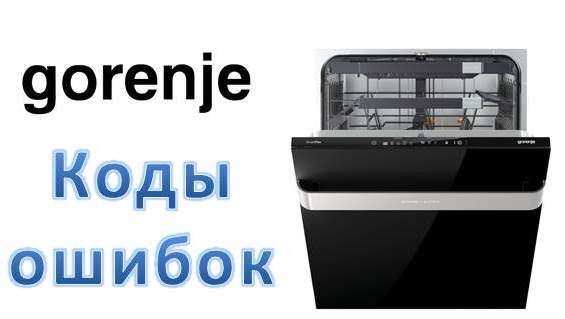
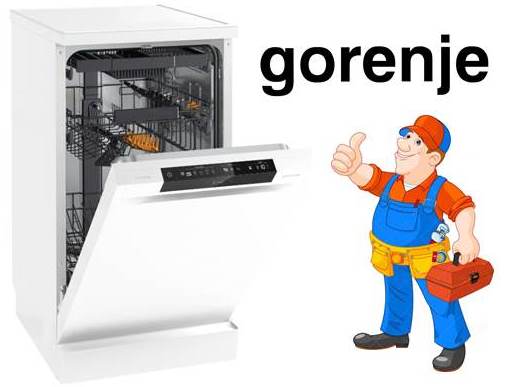

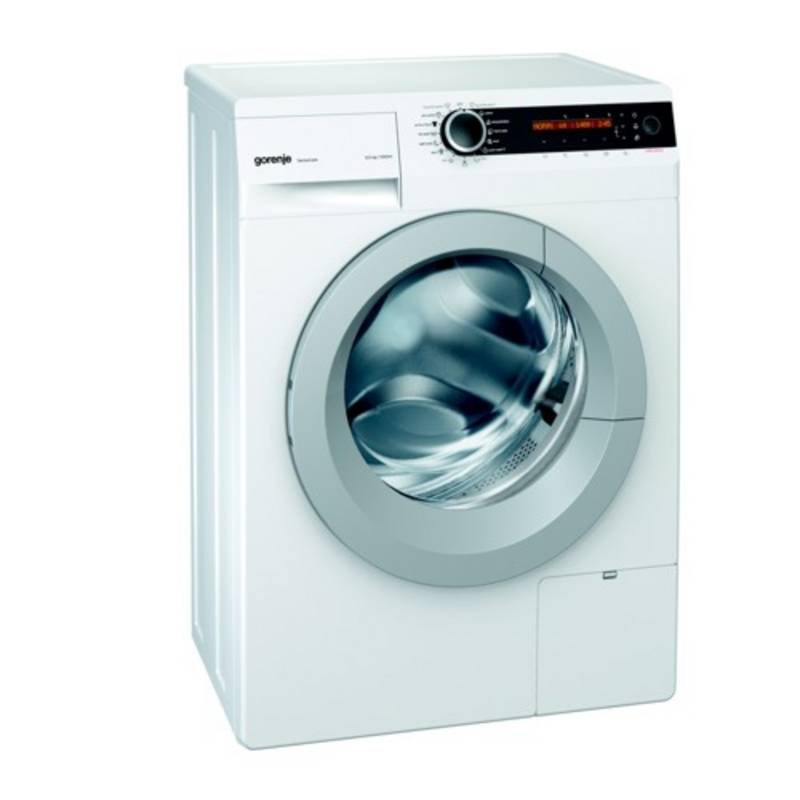















Add a comment